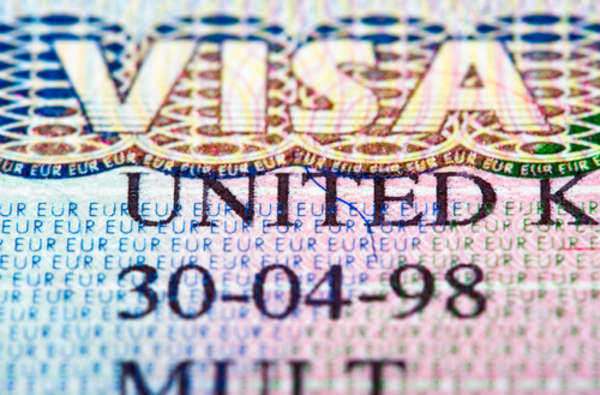
How to Handle People Overstaying Their Visas: A Guide for Immigration Officials
Introduction
The United States is a land of opportunity and attracts millions of visitors each year. However, some individuals overstay their visas, which is a violation of immigration law. This creates challenges for law enforcement officials who must determine how to handle these individuals.
Identifying Overstays
The first step in handling people who have overstayed their visas is to identify them. Immigration officials can use several methods to identify individuals who have overstayed, including monitoring international flights and tracking visa expiration dates. Additionally, social media platforms and other online resources can be useful in locating individuals who may have overstayed their visas.
Determining Deportation Status
After identifying individuals who have overstayed their visas, immigration officials must determine whether they will be deported. This decision is based on several factors including criminal history, length of time overstayed, and other factors. If an individual is determined to be a threat to national security or public safety, deportation is likely.
Issuing Notices to Appear
Once immigration officials have identified individuals who have overstayed their visas and have determined their deportation status, they must issue a Notice to Appear. This notifies the individual that they have violated immigration law and must appear before an immigration judge to determine their legal status in the United States.
Detention
If an individual is determined to be a flight risk or poses a danger to society, immigration officials may choose to detain them until their court hearing. While detained, individuals are provided with basic needs such as food and shelter. Additionally, they have access to legal representation.
Non-Deportation Options
In some cases, individuals who have overstayed their visas may qualify for non-deportation options. These options include asylum, cancellation of removal, and adjustment of status. However, it is important to note that these are often difficult to obtain and require extensive knowledge of immigration law.
Conclusion
Handling individuals who have overstayed their visas is a complex and challenging process. Immigration officials must balance the need to enforce immigration law with compassion for individuals who may be facing difficult circumstances. By following established procedures and maintaining respect for all individuals, law enforcement officials can work towards a more just and equitable immigration system.
Based on the fact that nearly one-third of the entire illegal immigration population are in the United States from an expired Visa the debate surrounding immigration laws and reform must include the problem of US immigration visa overstays. This concern has been further exacerbated by the findings that several of the hijackers involved with the attacks that occurred on September 11th gained residence through Visas, of which some had been expired.
Due to this notion, many law-makers have pushed forward the idea of a large guest-worker program that would allow individuals to change the illegal nature of their current status. American immigration laws are notably weak in several areas. For one, the illegal population only continues to grow and based on this fact alone, the current system of immigration laws fails the country. Also, the polarized nature of immigration laws fail to consider reasonable extraneous situations to allow non-criminal aliens to receive a path to citizenship. Rather, it threatens otherwise safe and beneficial immigrants with deportation, effectively creating a curtain on an enormous section of American society.
US immigration visa overstays can be addressed in a number of fashions. The first measure is to get the majority of these individuals back on the grid by offering incentives and for some, a path to citizenship. By changing the status under immigration law, it would push the dangerous illegal immigrants on the fringe of society as they would be the only immigrants without any chance of gaining American citizenship.
Although many non-immigrant visa-holders decide to return home after their allotted time in the United States, some remain to pursue better opportunities in education and occupation. Unlike those that cross the border illegally, many that overstay their US immigration visa are from around the world and it is often assumed that they are in large part better educated and more economically sound.
Few statistics exist on the exact number of individuals that overstay their Visas, and even though they are in direct violation of immigration laws, they are often in compliance with all other standards of an admissible American immigrant.

















